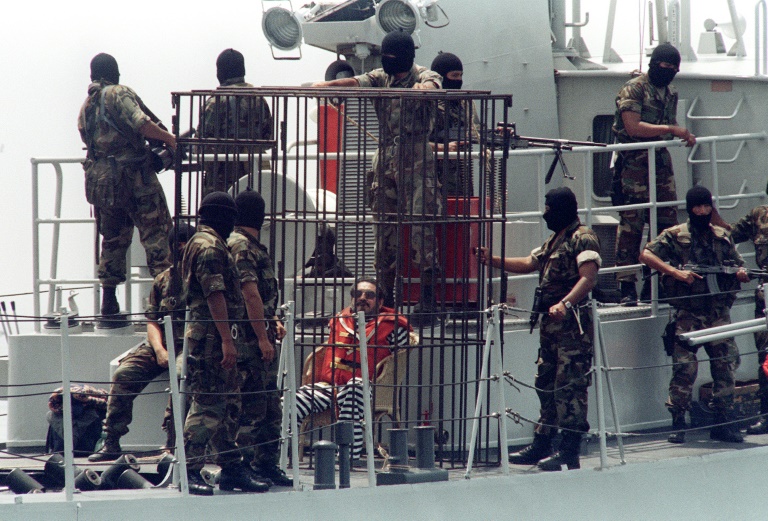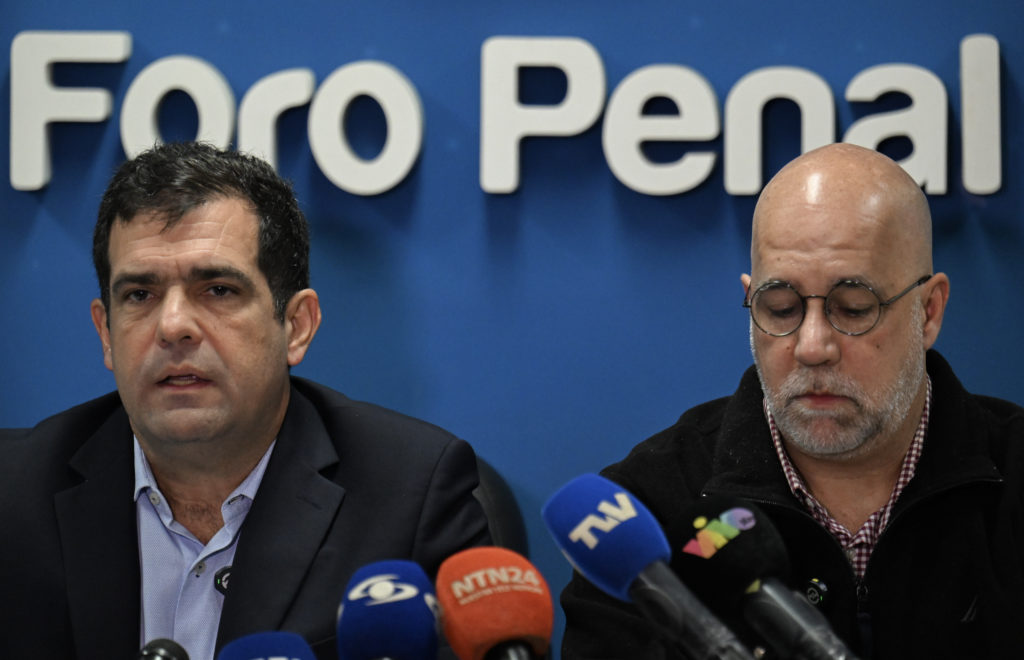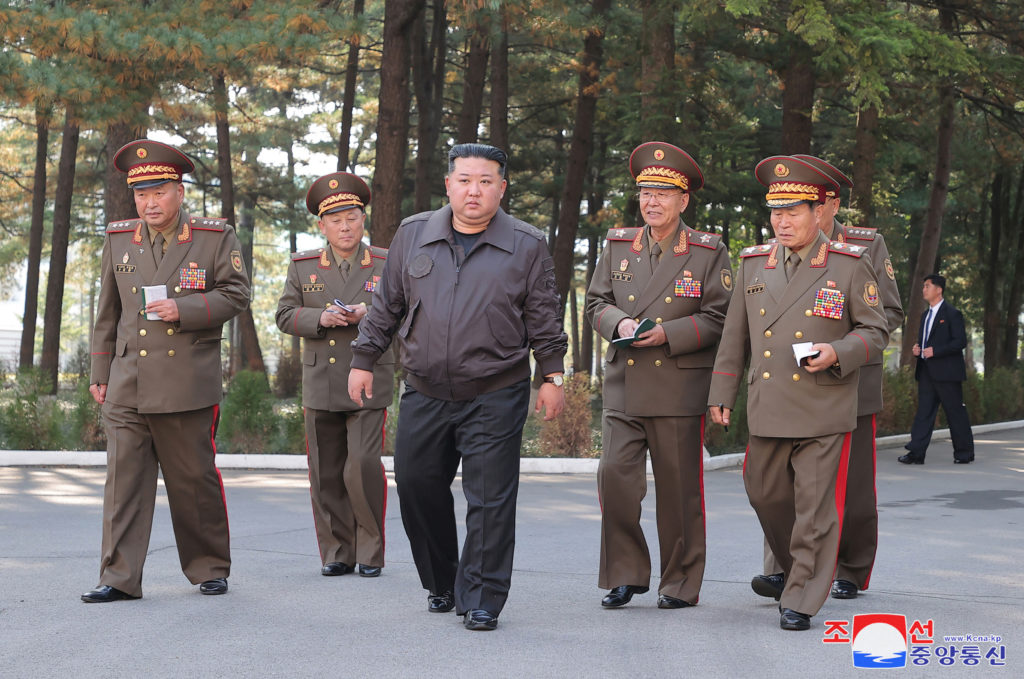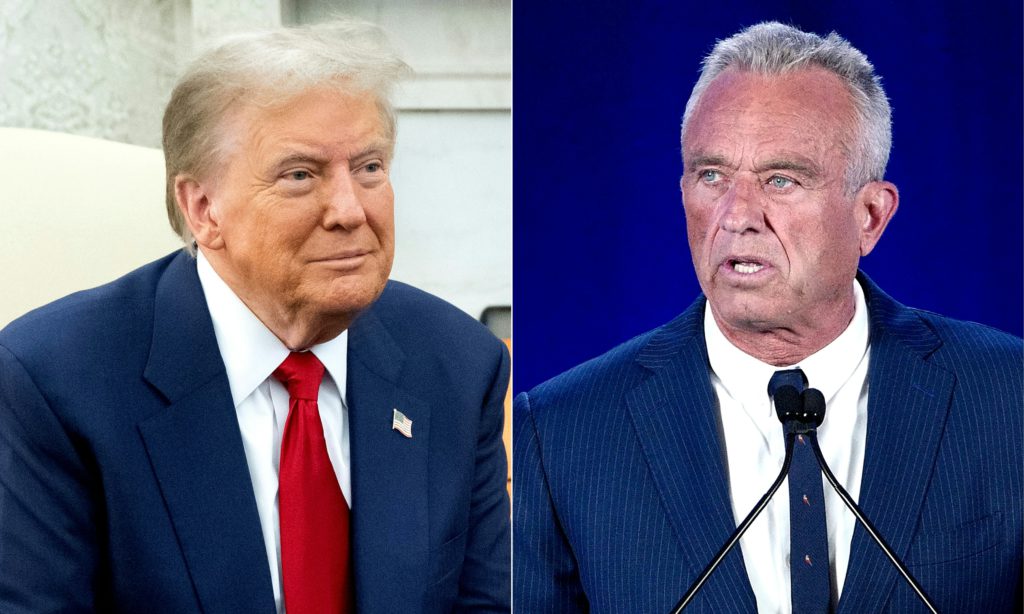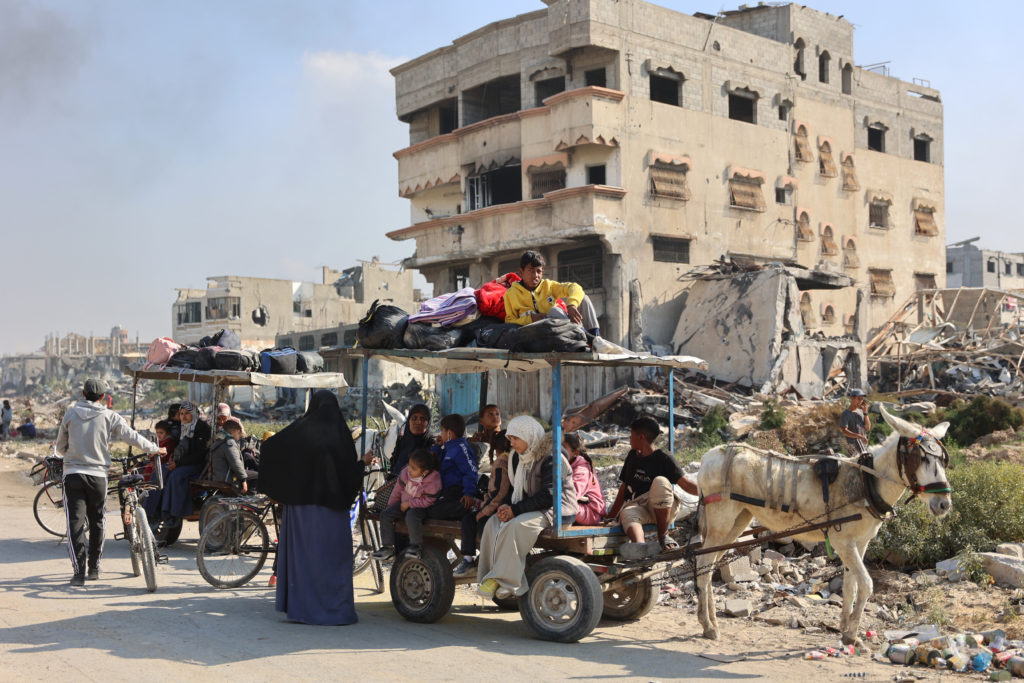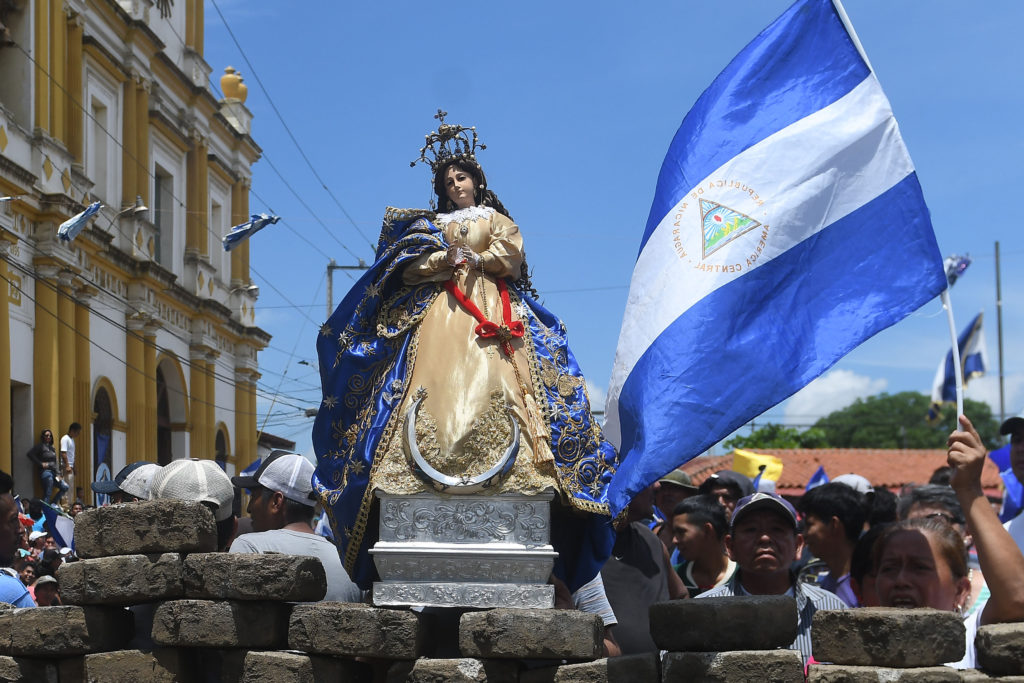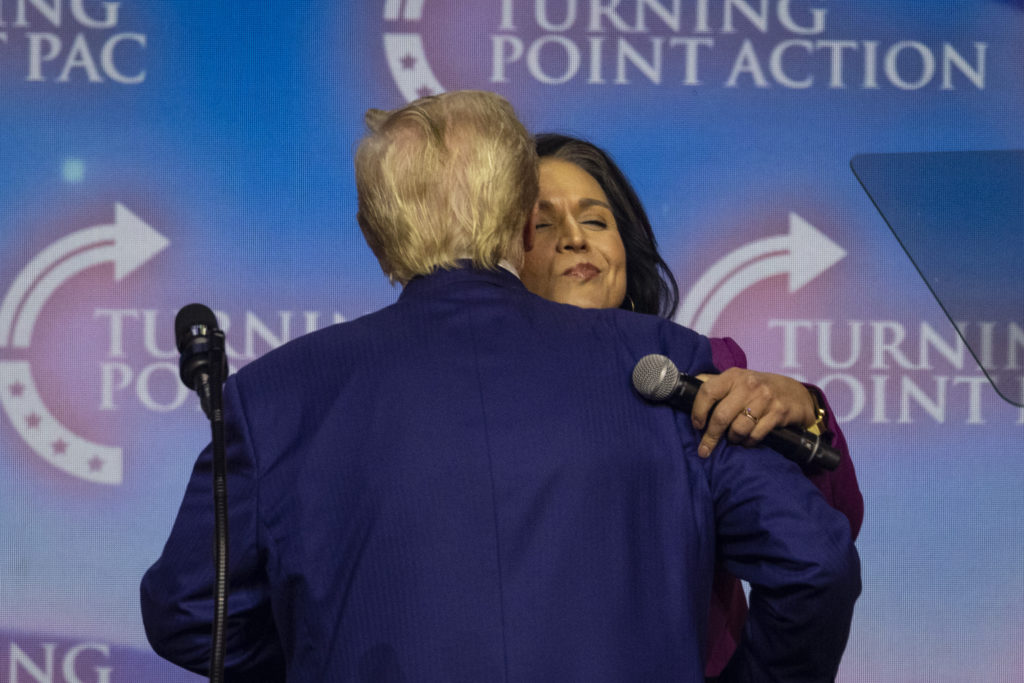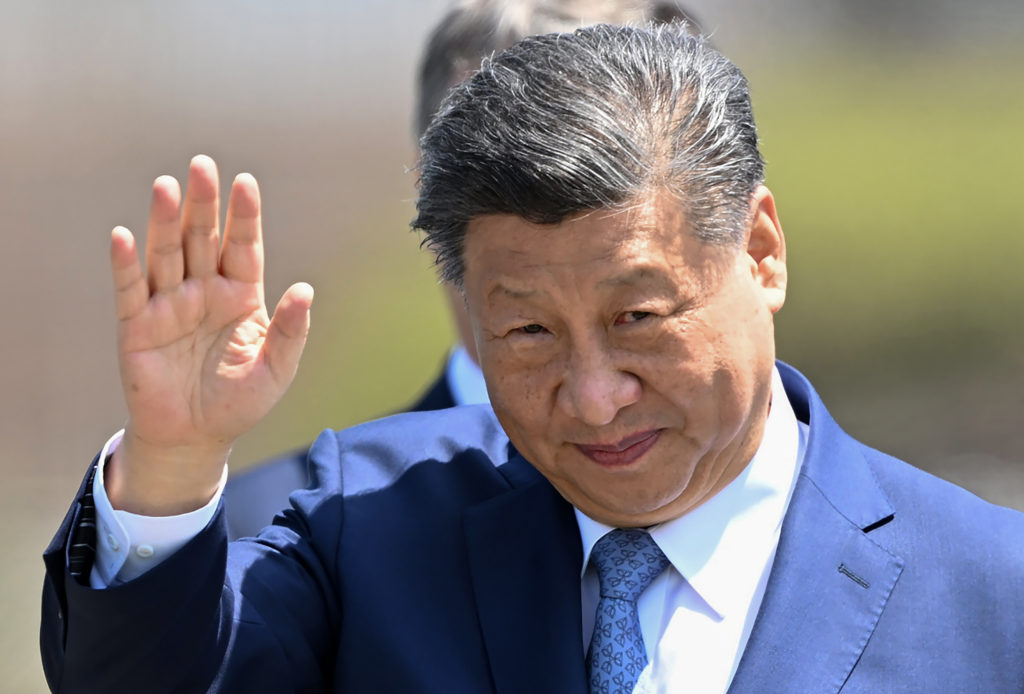Peru’s Maoist Shining Path guerrilla movement, whose founder Abimael Guzman’s body was cremated on Friday, is listed as a terrorist organization by the Lima government.
All but dismantled, a few members remain armed and active. This is an overview of the group blamed for tens of thousands of deaths.
– What is the Shining Path? –
The extremist rebel group was born from a split in the Peruvian Communist Party and rooted in the ideology of Chinese communist revolutionary Mao Zedong.
It grew from the discontent of Peru’s sidelined indigenous communities, peasant farmers who lost out to agrarian reform, and university graduates unable to find jobs due to deep-seated racial and language discrimination in society.
Shining Path is accused of having committed many atrocities during its 1980-2000 war to overthrow the government in Lima.
Peru’s post-conflict Truth and Reconciliation Commission (TRC) described the group as a “subversive and terrorist organization” responsible for numerous crimes against humanity.
– Who was Guzman? –
Born in 1934 into a middle-class family, Guzman visited China many times in the 1960s during the cultural revolution there, abandoning his job as a philosophy professor to launch the Shining Path.
In 1979 he took up the armed struggle or “people’s war” from the countryside towards the city.
Guzman was known as “Puka Inti” — meaning red sun in the Quechua language spoken by about 13 percent of Peruvians — but his preferred moniker was “Chairman Gonzalo.”
He became a near messianic leader of the Shining Path and his capture in 1992 marked the beginning of the end of a movement that at its height had some 5,000 fighters.
– How did it operate? –
At first, the guerrillas enjoyed the support of many locals, to whom they redistributed land.
But the situation soon degenerated with killings of peasants or community leaders for perceived disloyalty and the forced enrolment of children as soldiers or workers in the coca fields.
General Marco Miyashiro, a member of the squadron that captured Guzman in 1992, told AFP: “They promoted what they called the ‘fifth form of battle.’ It’s a combination of armed propaganda, guerrilla combat, collective assassination and sabotage.”
In 1984, in the southwestern Ayacucho region, the group massacred 117 peasant farmers who refused to support it, one of the Shining Path’s bloodiest acts on record.
In 2003, the TRC said some 70,000 people were killed in 20 years of fighting between the army and guerrillas from the Shining Path and the Tupac Amaru Revolutionary Movement groups.
The Shining Path, it found, was responsible for 54 percent of the victims.
– Has it been defeated? –
Almost all of its leaders have been captured but about 200 remnants, headed by Victor Quispe Palomino, or “Comrade Jose,” still operate in Peru’s largest coca leaf-producing valley where, the government says, they are allied with drug-traffickers.
Coca leaf is used to make cocaine.
The group’s historic leaders deny that these dissidents fall under their command.
Peruvian authorities have identified at least two organizations they suspect of being extensions of the Shining Path: The Movement for Amnesty and Fundamental Rights (MOVADEF), a group of families of imprisoned guerrillas, and Conare, a union committee of radical teachers.
The Shining Path has shown little remorse for its violent acts.
Osman Morote, a former second-in-command, told Caretas magazine from his jail cell in 2017: “Prison is tough but it will never subdue us, even less so weaken our profound conviction that the future belongs to the proletariat and the people.”
burs-jb/mlr/dw

